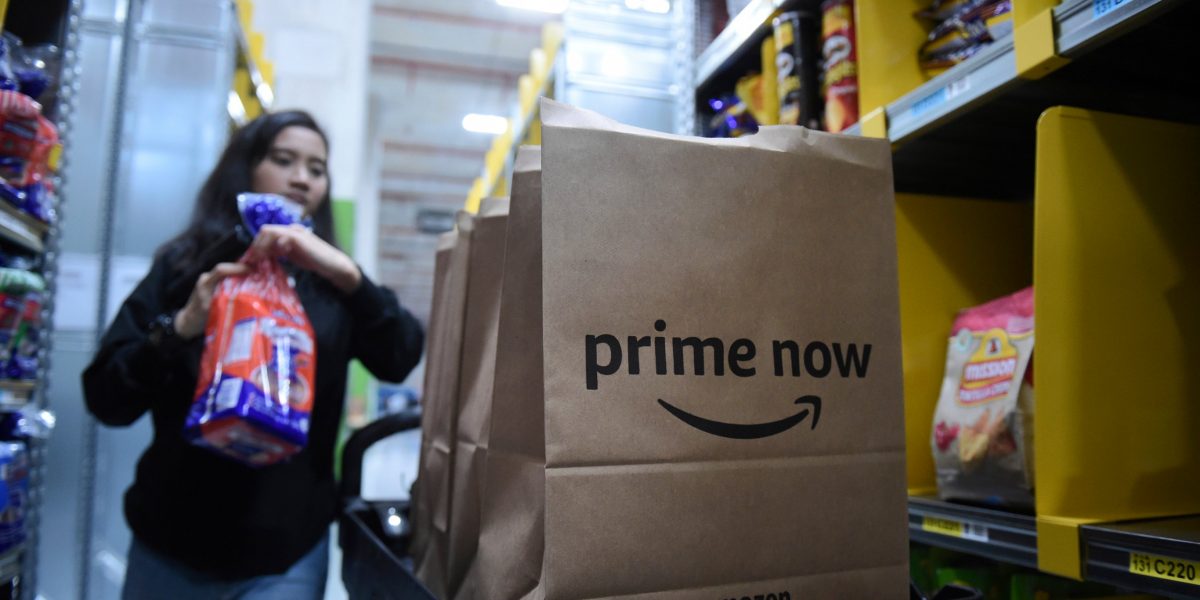
This story was delivered to Business Insider Intelligence “E-Commerce Briefing” subscribers hours before appearing on Business Insider. To be the first to know, please click here.
Amazon US Prime membership has hit 101 million as of December 31, 2018, according to estimates from Consumer Intelligence Research Partners (CIRP). This represents 10% year-over-year (YoY) growth, a slight acceleration from the 8% YoY membership increase seen in October. That’s a positive sign, given that that 8% represented the slowest growth rate Prime has seen since CIRP began tracking membership in 2012.
BI Intelligence
The percentage of US Prime members who pay for the service on an annual basis has been slipping over the last couple of years. Currently, 58% of Prime members are estimated to be paying for their membership annually, while 36% pay a monthly fee and 7% are on a free trial, paying on a different basis, or don’t know the fee structure.
Based on previous estimates from CIRP, this new data indicates that a growing segment of members are paying on a monthly or other basis, and the portion of annual members is shrinking. That may make it more difficult for Amazon to keep tabs on how many dedicated Prime members it has, as monthly users can switch between member and nonmember status with greater flexibility, joining only during times when they’ll use the benefits.
Additionally, members using the free trial isn’t necessarily good news for Amazon, as the e-tailer has seen the rate at which free trial users convert to paid membership erode from 84% to 67% between Q3 2015 and Q3 2018.
The acceleration of Prime’s growth in the US is a positive sign but may be untenable due to a shrinking addressable market. Considering that there are only around 119 million households in the US — a better measure of Prime’s addressable market since members of a household are likely to share a membership — it seems that, with 101 million members, Prime may be very close to saturation.
And the situation may be even more grave than it appears, given that 11% of US adults don’t use the internet and around 21% of the population are under 18, which is the minimum age for an Amazon account.
Foreign countries will be key to keeping Prime growing overall — a fact that Amazon seems to understand, given its recent efforts. In Q3 2018, Amazon took several steps to boost Prime’s appeal to customers abroad. These included introducing monthly subscriptions in Canada and Mexico, quarterly memberships in China, and monthly Prime Student subscriptions in Germany.
On top of that, Amazon India added support for the Hindi language and the e-tailer introduced Amazon Storefronts, which highlights small- and medium-sized sellers, to the US, Germany, and the UK to appeal to consumers who prefer to shop smaller retailers. These measures may help boost Prime’s perceived value abroad, allowing Amazon to better tap new markets for members.

